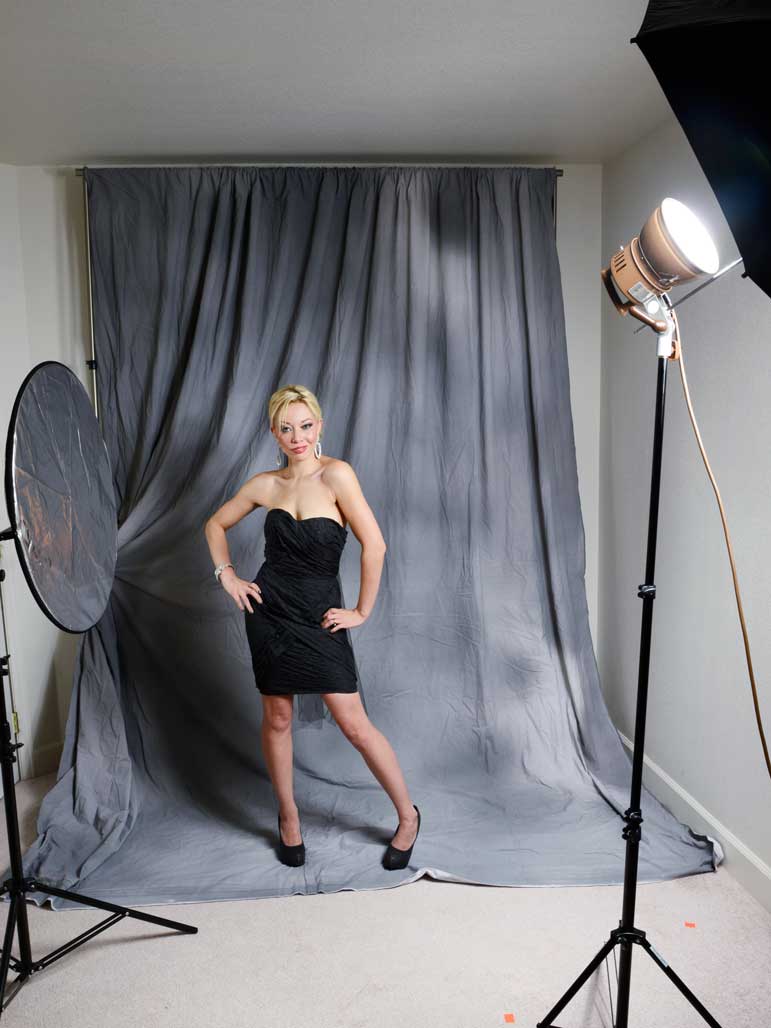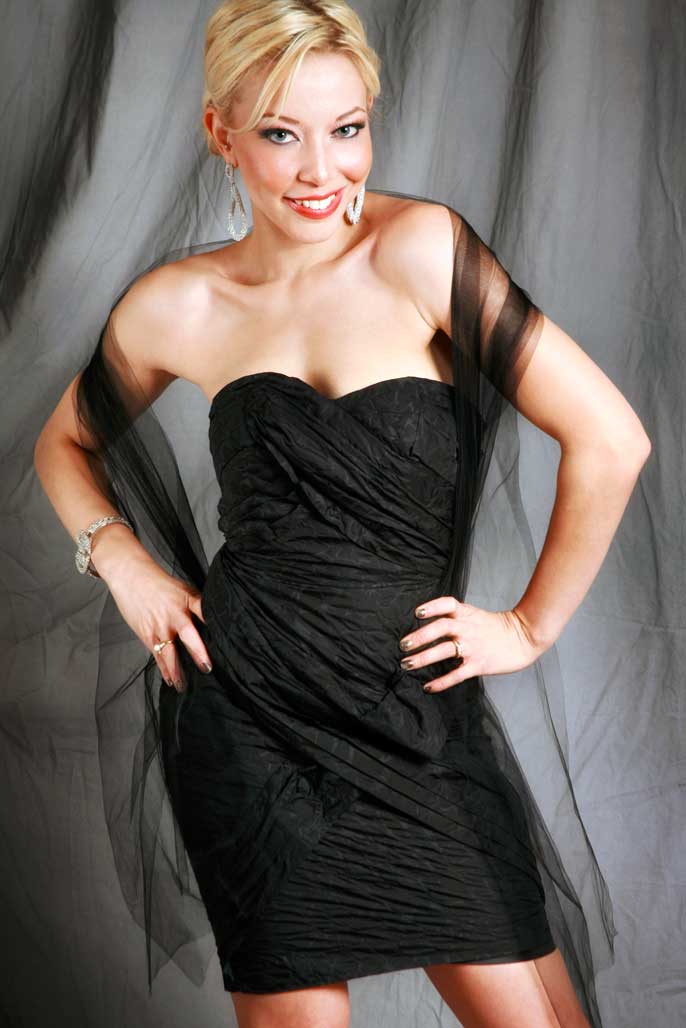Today’s Post by Joe Farace
 In my recent post In the Studio: Shooting with Monolights I talked about what I saw as the advantages of using monolights. But what about using power pack and head systems? Are they an option? Here’s a few things to consider:
In my recent post In the Studio: Shooting with Monolights I talked about what I saw as the advantages of using monolights. But what about using power pack and head systems? Are they an option? Here’s a few things to consider:
AC/DC: Most power packs are AC powered but just as DC powered monolights are gaining favor, DC power packs are becoming popular too. If you’re thinking about an AC powered system, ask yourself this: On shoots, how far away is the nearest power outlet?
Size: Like everything else in studio lighting, the size of power packs continue to shrink and many flash heads are downright tiny. Heads in this kind of system are always small anyway because the power supply is located somewhere else, so that’s less weight to hang on boom arms and lightstands.
Power output: With power pack outlets, output can be symmetrical, evenly divided so power from one head is the same as to the others or unevenly with power packs offering an asymmetric design. But there’s a downside: In a two light system, if a power pack fails, you can’t shoot. If you have two monolights and one’s power supply fails, you still have one light to finish the shoot.
 Portability: In addition to size and weight, a DC power pack’s lets you take your flash system into a cornfield to create studio lighting in the middle of nowhere. This is also where you run into the second downside of power pack/heads—cables. You’ll need to run a cable from the power pack to each head to make it all work.
Portability: In addition to size and weight, a DC power pack’s lets you take your flash system into a cornfield to create studio lighting in the middle of nowhere. This is also where you run into the second downside of power pack/heads—cables. You’ll need to run a cable from the power pack to each head to make it all work.
How I made this shot: For my first session with Misa Lynn I placed a single Speedotron M11 head with a 32-inch round reflector at camera right. The backdrop is a generic gray muslin that was lost in the flood. The image was made using a Canon EOS 5D Mark I and EF 28-135mm f/3.5-5.6 IS lens (at 105mm) with an exposure of 1/160 sec at f/14 and 100 ISO.
When making any lighting equipment purchase, the first question to ask is what kind of photography do you do and where do you do it.
The next question is budget. I strongly believe you should only buy equipment that you can afford and that will pay for itself from your photography cash flow within a reasonable time frame. The worst thing to do business-wise would be going into debt to purchase an expensive system without having sufficient income to justify the purchase.
Don’t be embarrassed by purchasing the least expensive lighting you can afford (believe me your clients don’t notice or care) and then upgrade in the future as your photography income permits.
 If you enjoyed today’s blog post and would like to buy Joe a cup of Earl Grey tea ($2.50), click here. And if you do, thank you very much.
If you enjoyed today’s blog post and would like to buy Joe a cup of Earl Grey tea ($2.50), click here. And if you do, thank you very much.
My book Joe Farace’s Glamour Photography is full of tips, tools and techniques for glamour and boudoir photography with new copies available from Amazon for $27.43, as I write this. Used copies start at the hard-to-beat price price of $5.23 and the Kindle version is $11.99 for those who prefer a digital format.